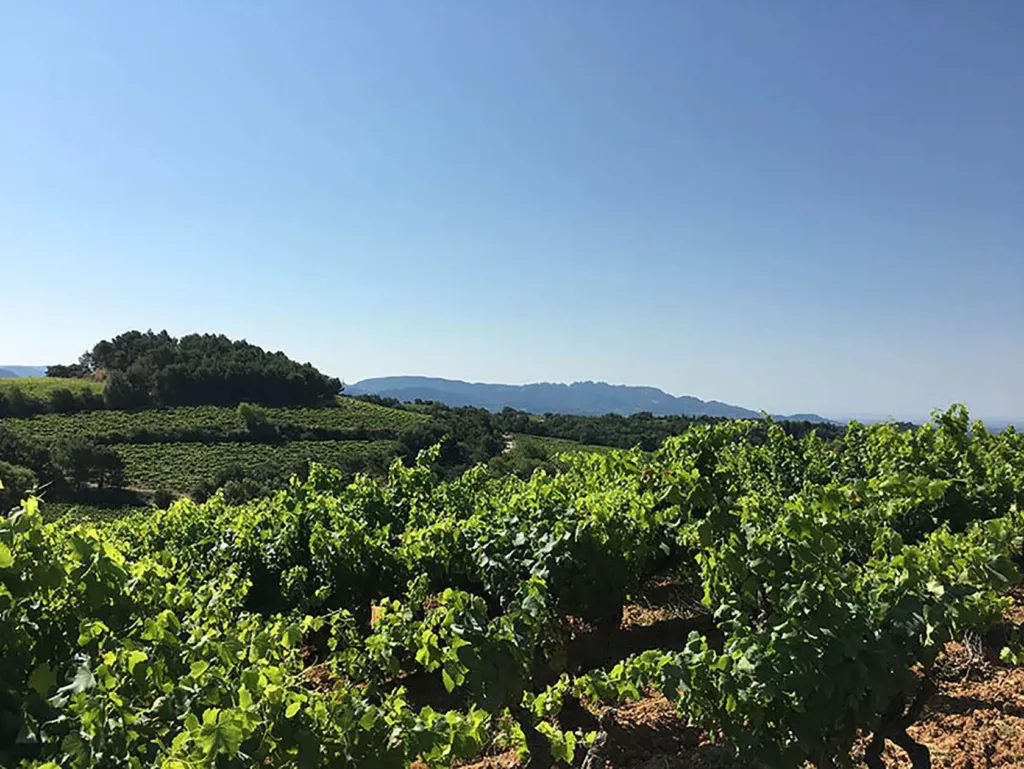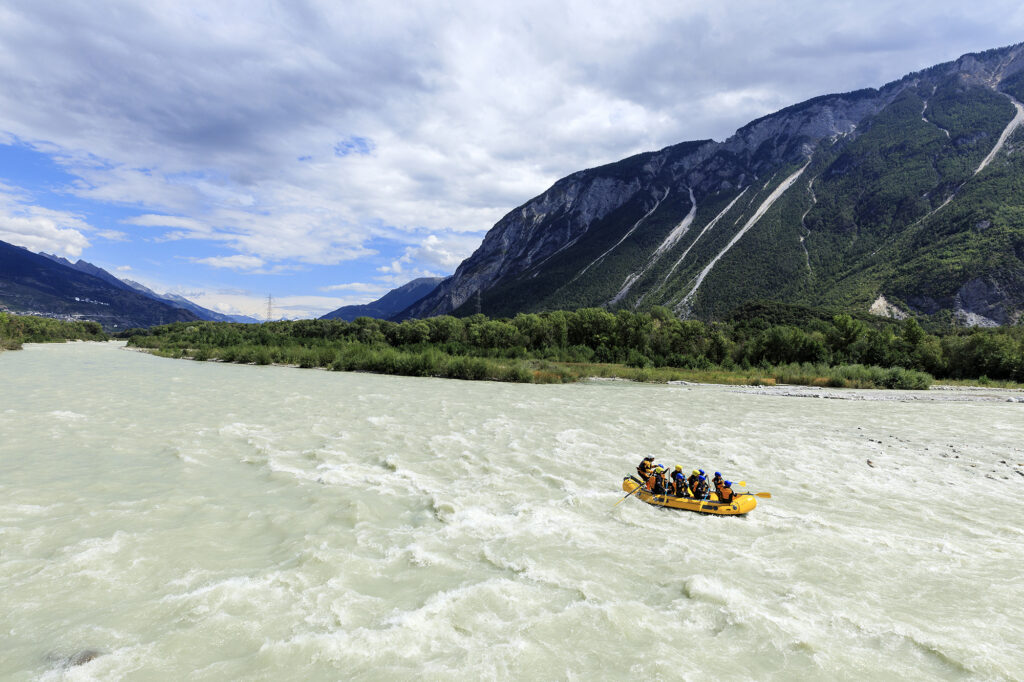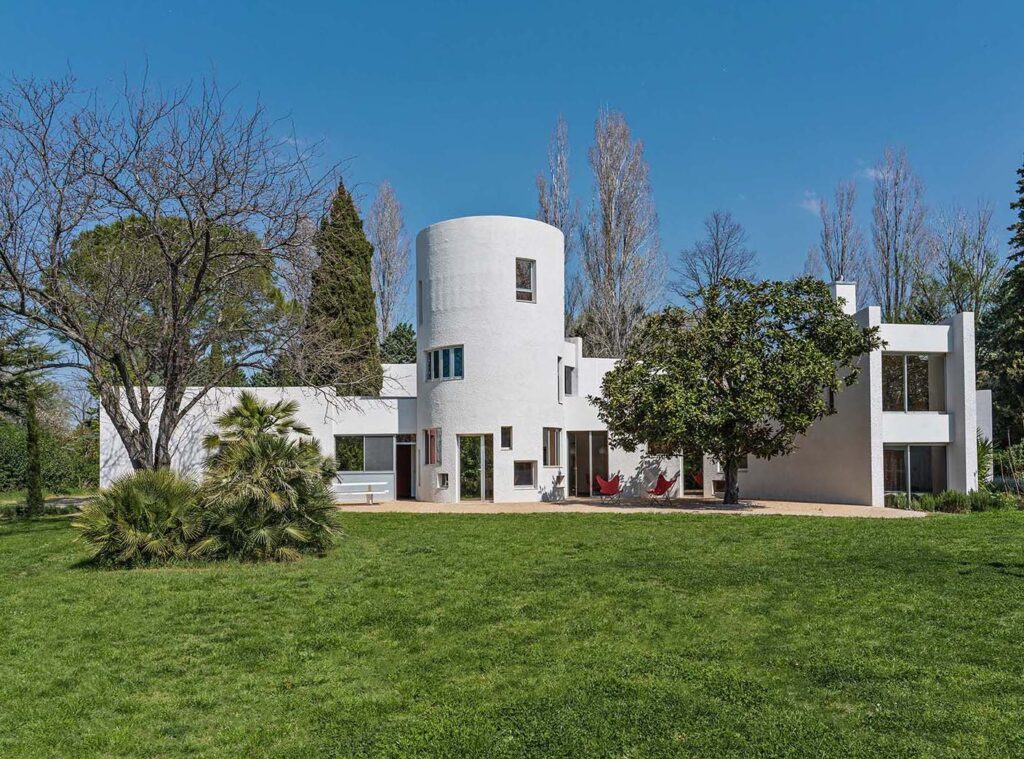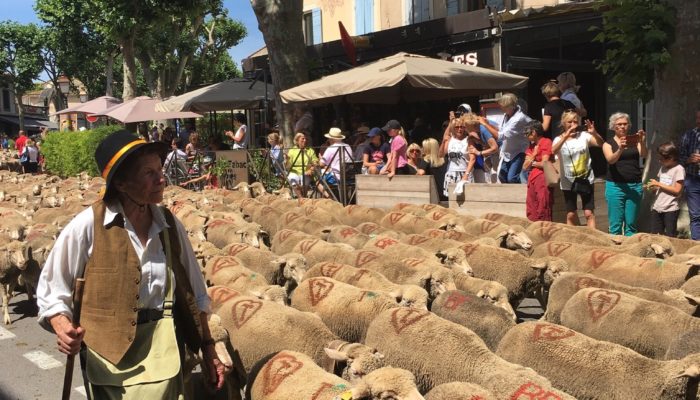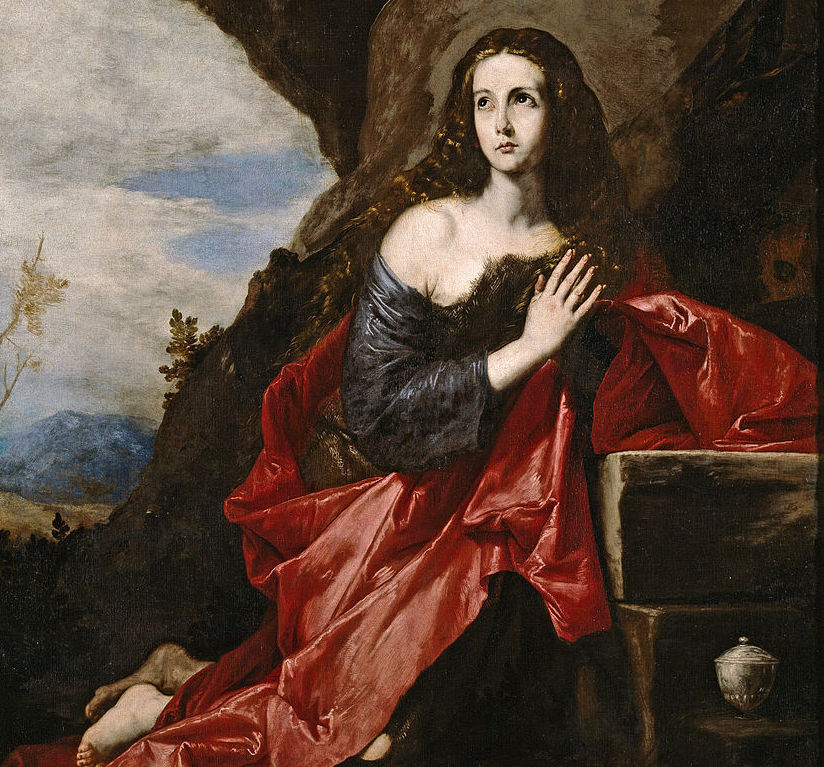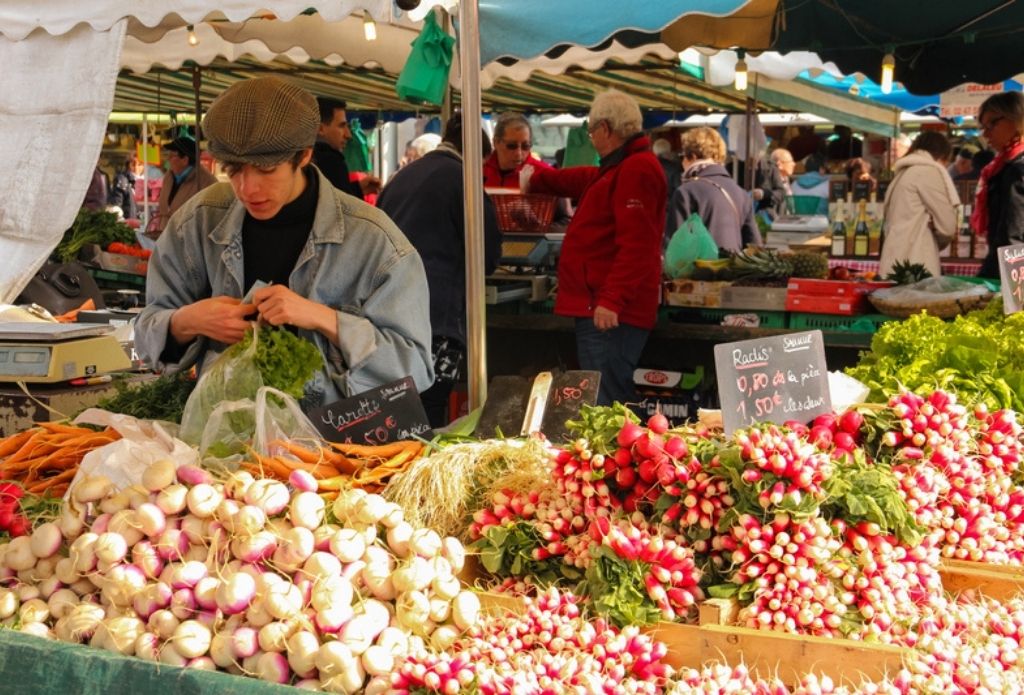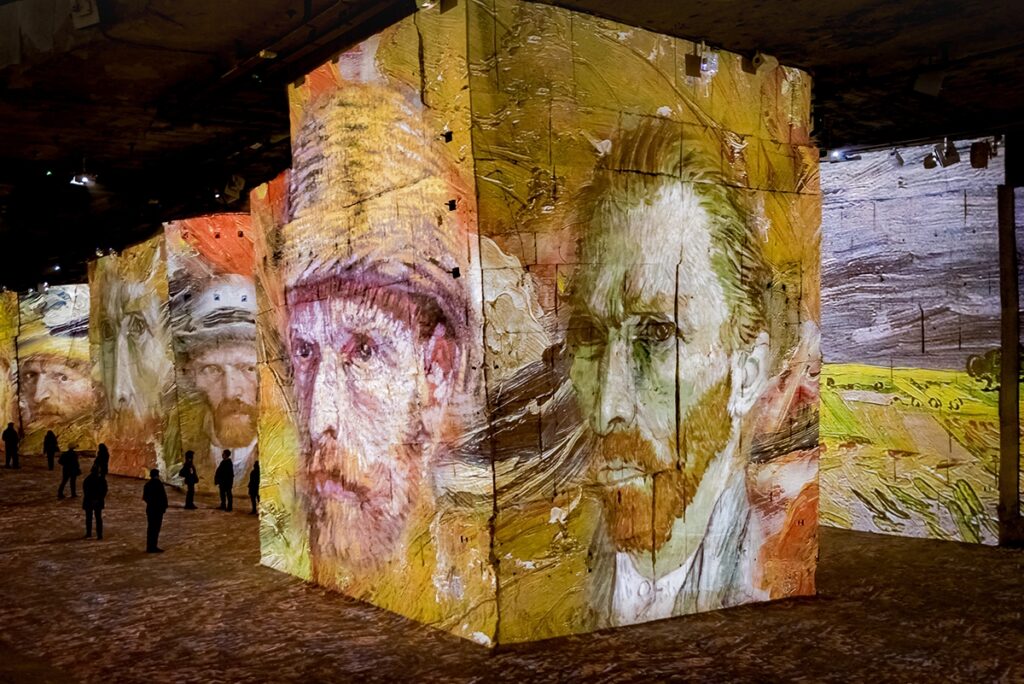Avignon is a distinctive city. Sitting on the banks of the Rhône River, it has some of the most extensive medieval fortifications in Europe and is dominated by its massive Papal Palace. There is so much to see! And if you want the best spot to view this beautiful city, it’s not in Avignon itself, it’s across the river on Barthelasse Island (Île de la Barthelasse.)
Barthelasse Island, one of Europe’s largest river islands, is just minutes from Avignon by ferry, foot, or car. From there you have a clear line of sight to Avignon, with nothing blocking your view. You can see the stone cliffs that protect the city and the thick walls built in the Middle Ages. And above them all is the Papal Palace, topped by its golden statue of Mary, sparkling in the Provençal sunshine. If there’s a better view of Avignon, I haven’t found it.
Barthelasse Island is easy to reach and is a great place for eating, biking, and tasting eau de vie. And it is the place where people actually danced in that famous song about the Pont d’Avignon!
Read all about this little-known corner of Provence in The Good Life France!


